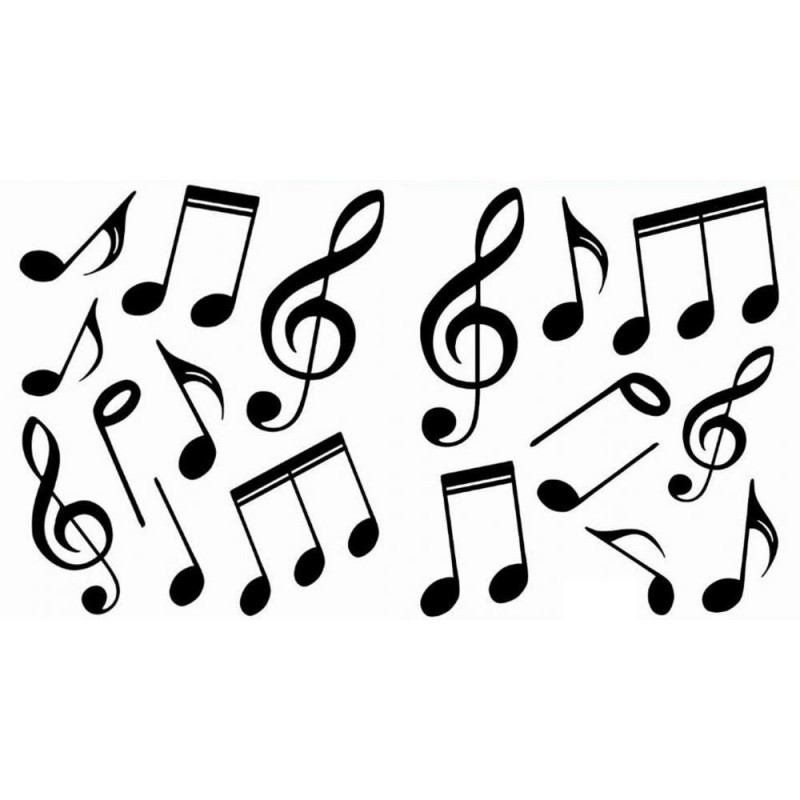

moreĪ Note in Music was Rosamond Lehmann’s second novel. If you enjoy Elizabeth Taylor and Anita Brookner, I can't see why you wouldn't like this!.

Either way I can't do "A Note In Music" justice! Thinking back on it, there were so many touching moments in this book I wish I could highlight them all, but my review would just become one long list. His scenes and conversations with Grace were some of my favorite sections. I was also very pleasantly surprised by the multiple gay characters (keep in mind this book was published in 1930) and how well written they were, not caricatures at all but three dimensional and so realistic that I actually had a crush on one (Hugh). More realistic, yes, but I really was left incredibly depressed by the fate of one particular character. For some reason (vague spoiler ahead), I was expecting happy, neat endings for all, but it was a mixed bag. Lehmann kept me anticipating how each character's life would change after Hugh and his sister visited their sad, dull town. Why not bind it to one's purpose, make it servant instead of master?"īeautifully written. I was also very pleasantly "Time was not real, except as one made it so. Why not bind it to one's purpose, make it servant instead of master?" Beautifully written. "Time was not real, except as one made it so. And after their departure, life - having been violently disrupted - will never be quite the same again. On all four, the hypnotic charm of these two visitors exerts an enchanting spell. Then Hugh Miller and his sister Claire descend upon the quiet town. Norah, her energetic and chaotic friend, is equally settled in her own marriage to an irritable university professor. At thirty-four she finds that her external life of dreary routine fails to match up to her lush, wistful and dreamy internal life. Then Hugh Mil Grace Fairfax lives with her dull, conventional husband Tom in a grey manufacturing town in the north of England. That is, the distance from any white or black key on the piano to the key immediately to its right or left, is a half step.Grace Fairfax lives with her dull, conventional husband Tom in a grey manufacturing town in the north of England. The distance between each of the twelve different notes is called a half step, or, a semitone. These are the most common octaves and their numbers: Octave All notes from C up to the next octave have the same number (e.g., C1, D1, E1, F1, G1, A1 og B1). The octave of the lowest C on the piano has number 1, while the octave of the highest C has number 8. In this system, a number is added after the name of the note corresponding to the octave number in which the note falls.Įach octave, starting from the note C, has a number.

Usually, a note is referred to with the same name, regardless of whether it is low or high. However, there is a system for naming low and high notes that can be used if you need to distinguish between them.


 0 kommentar(er)
0 kommentar(er)
